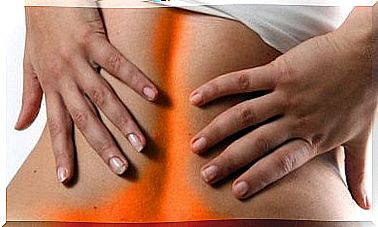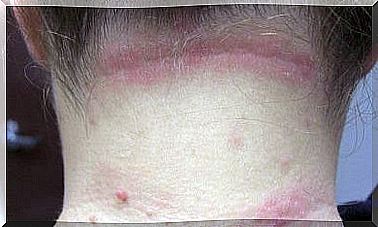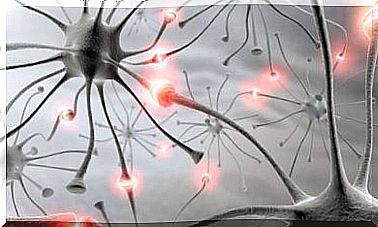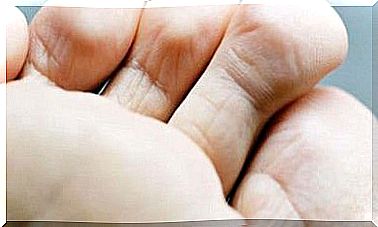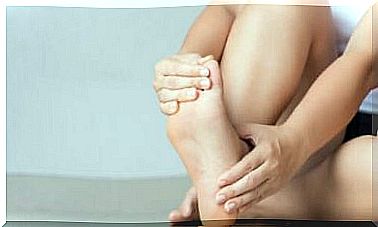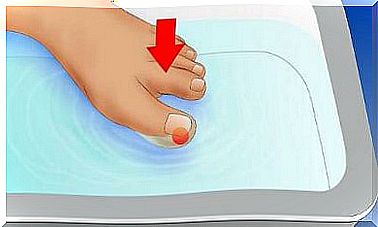Bradycardia: Causes, Symptoms And Treatment
Have you ever felt that your heart was not beating as hard and as fast as it should? This condition is known as bradycardia. This time we will tell you what causes it and what treatments help you cope with it.
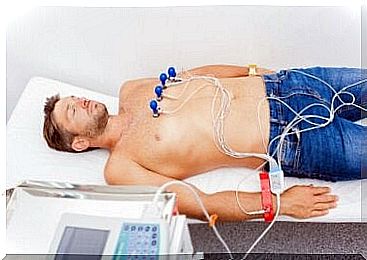
If your heart is beating at a slower rate than normal, you may have bradycardia. Under normal conditions, the heartbeat begins when an electrical impulse is generated and then sent through the sinus node – also called “sinoatrial” – located in the right atrium.
This node is responsible for adjusting the frequency and rhythm of the heart. It is therefore considered to be a kind of “pacemaker”. Sometimes, if the conduction pathways are damaged, or if there is an additional pathway, the heart changes rhythm, so it may beat too fast (tachycardia), too slowly (bradycardia), or irregularly.
These abnormal heartbeats are called “arrhythmias” and can occur in both the upper chambers (atria) and the lower chambers of the heart (ventricles). Here we focus on the definition of bradycardia and the treatments available for it.
What is bradycardia?
The term bradycardia refers to a number of conditions in which the heart beats at a slower rate than usual. In particular, there are less than 60 beats or beats per minute.
According to an article in Trends in Cardiovascular Medicine, this is a normal phenomenon in young athletes or as part of the aging process or disease. Bradycardia can be classified according to the level of alternation in the hierarchy of the cardiac conduction system.
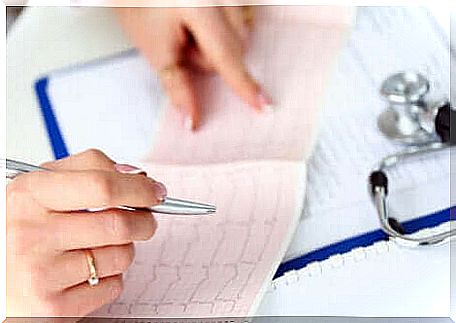
Causes of bradycardia
Bradycardia can occur in athletes or in people who enter a state of deep relaxation. It is also common in patients with heart disease or who are taking certain drug treatments. The possible causes, according to the Mayo Clinic, are as follows:
- Damage to heart tissue due to aging
- Changes in heart tissue due to heart disease
- Congenital heart defects
- Infections in heart tissue
- Complication of heart surgery
- Uncontrolled levels of potassium or calcium in the blood
- Obstructive sleep apnea
- Inflammatory diseases, such as lupus
- Medicines for heart rhythm disturbances
Main symptoms
The clinical presentation of arrhythmias ranges from asymptomatic EKG signs to a wide variety of symptoms. The most common in the case of bradycardia are:
- Dizziness or vertigo
- Fainting
- Tired
- Chest pain
- Shortness of breath
- Confusion
It is important to note that if the symptoms are severe, pharmacological management and emergency pacemaker placement should be indicated.
Complications of the disease
Without prompt treatment, bradycardia can lead to health complications. The following are the most relevant.
- Inability of the heart to pump enough blood (heart failure)
- Sudden cardiac arrest or sudden death
- Repeated fainting
- Changes in blood pressure (hypotension and hypertension)
Diagnostic
To make the diagnosis of bradycardia, it is crucial to find a cause and effect relationship between the symptoms and the various abnormalities that may be present on the electrocardiogram (ECG). Given the intermittent and unpredictable nature of this condition, the process can be difficult.
It is important to take a medical history and perform a 12-lead surface ECG. A holter recording of the electrocardiogram (long-term Holter ECG) and a stress test may also be performed.
Treatment of bradycardia
Treatment of bradycardia should be limited to patients in whom a clear correlation between symptoms and rhythm has been documented. Patients who are asymptomatic do not require specific treatment.
Usually the first step in treating symptomatic people is to stop any medicine that slows the heart rate. In addition, any related underlying condition is taken care of.
Finally, when other treatments do not work, the doctor suggests implantation of a permanent pacemaker. If so, he or she will discuss all the necessary details, including the risks, benefits, and preparation for a pacemaker.
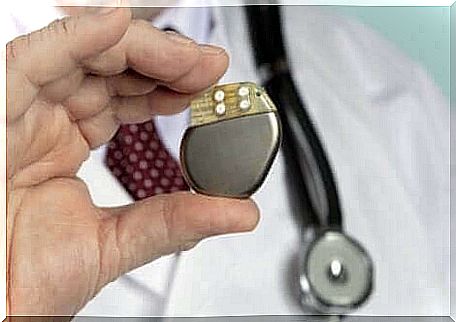
Prognosis
The course and prognosis of bradycardia depend on several factors, including the following :
- Age
- Tobacco consumption
- Alcohol consumption
- Recreational Drug Use
- Coexisting cardiovascular disease
- Thromboembolic complications
The natural history of this condition is very diverse and often unpredictable. Patients with a history of fainting from bradycardia may continue to have recurrent fainting.
The incidence of sudden death is low, and pacemaker therapy does not appear to improve overall survival. However, it reduces morbidity.
In all cases, it is advisable to maintain regular medical follow-up, with appropriate interventions to prevent complications. The family doctor or cardiologist will require testing and treatment whenever the condition requires.
